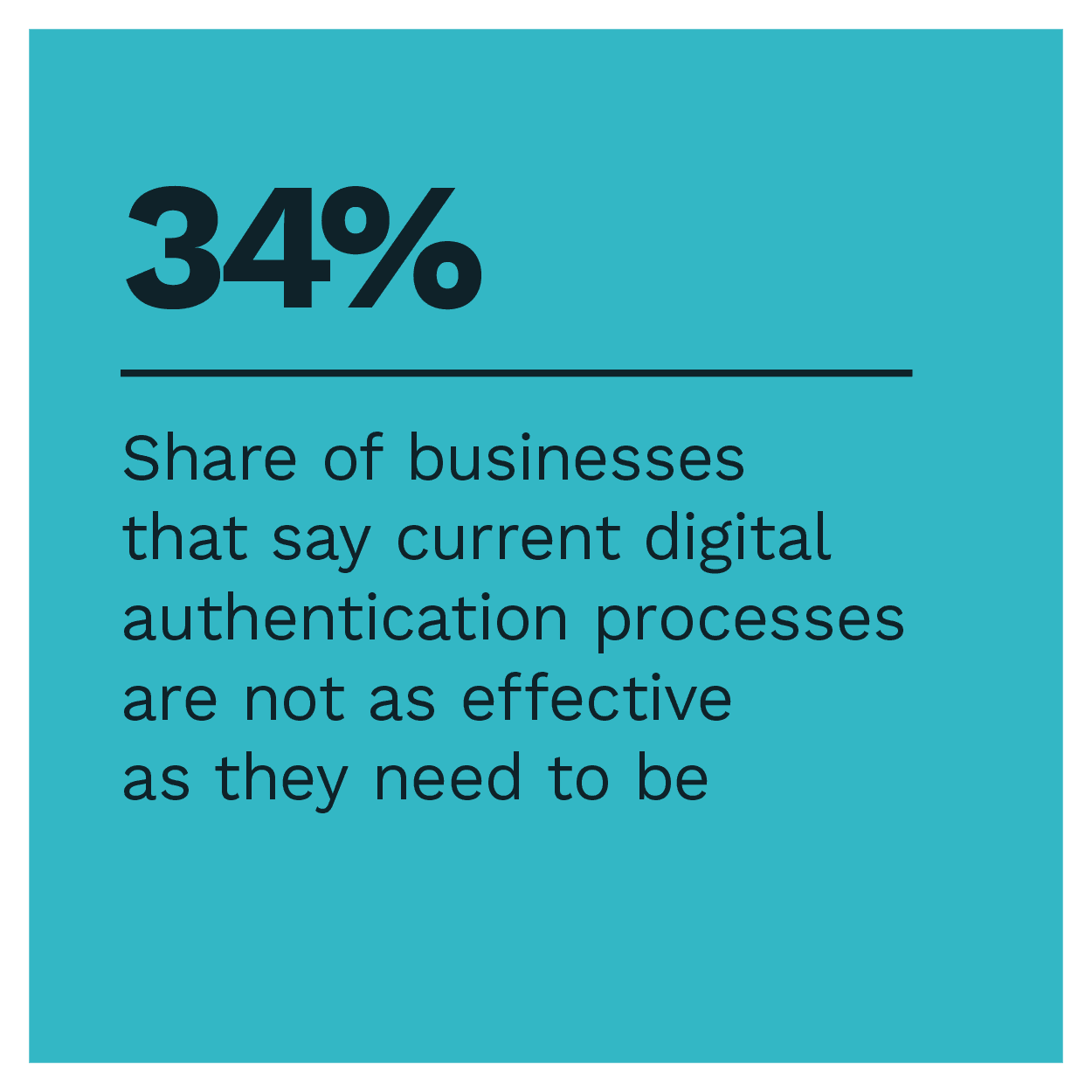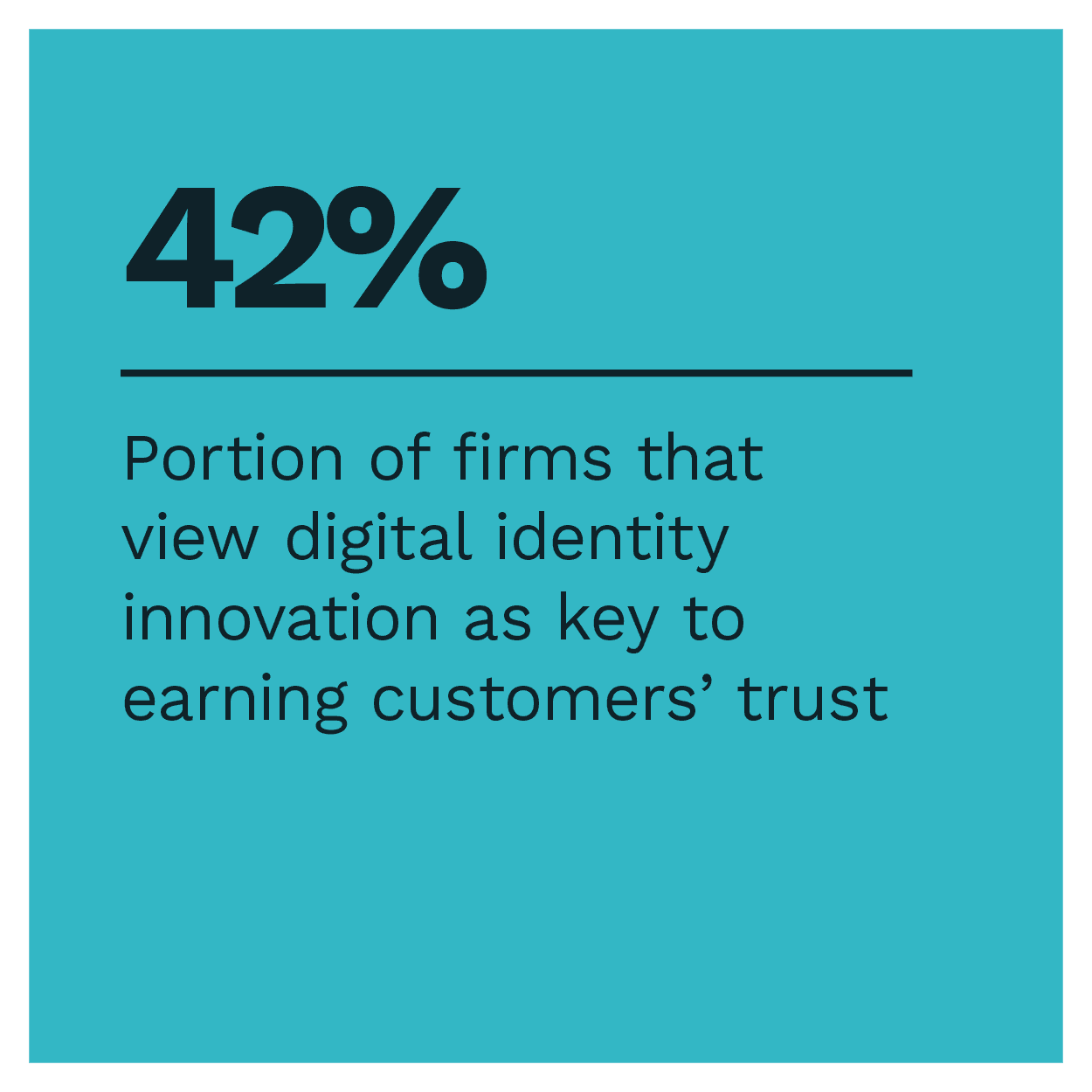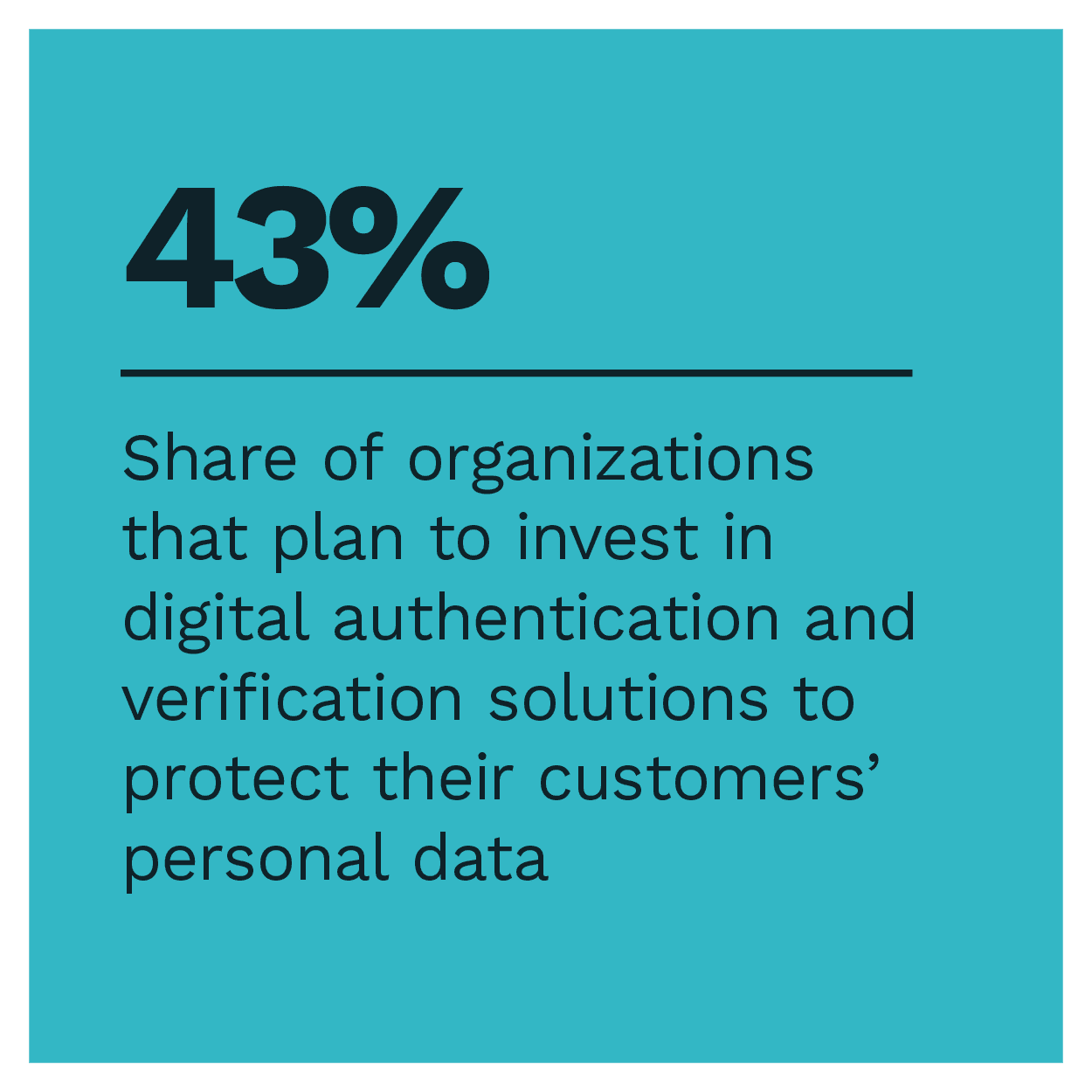Using Behavioral Analytics For Secure Onboarding Without Booting Good Customers

Businesses worldwide enhanced their digital platforms to meet the needs of health-conscious consumers during the pandemic. As a result, the number of online profiles increased, and many consumers plan to keep conducting transactions digitally in some capacity.
With the massive digital expansion, however, fraud attacks such as phishing, ransomware and malware increased from 5,000 attacks per week in early 2020 to more than 200,000 per week in late April 2021.
Customers are concerned with the security of their data and are holding businesses accountable for breaches. In response to the uptick in cybercrime, companies are investing substantial funds into anti-fraud technology such as artificial intelligence (AI) and machine learning (ML). Biometrics and multifactor authentication (MFA) are meant to protect customers and identify fraudsters, but they often create obstacles for legitimate customers trying to set up accounts or make purchases. Behavioral analytics can be a vital tool in preventing solutions from creating friction for customers while still effectively preventing fraud.
In the latest Monetizing Digital Intent Tracker®, PYMNTS examines how businesses can adequately defend themselves against bad actors without negatively impacting the customer experience.
Around the Behavioral Analytics Space
Retail fraud rates have grown rapidly in the last 18 months as a result of the digital push which occurred during the pandemic. Fraud costs are up 15% since early 2020, with each dollar of fraud costing U.S. retailers $3.60 or $0.47 more than before the global health crisis. Canadian retailers are witnessing a similar trend, with fraud costs rising 5.2% since 2020. Digital channels offer fraudsters more of an entry point than in-person transactions, and it is much easier to penetrate consumers’ online accounts than it is to steal physical credit cards and IDs.
 Identity fraud is one of the most effective ways that digital fraudsters can access sensitive data or withdraw unauthorized funds from financial accounts, according to a study. Identity fraud led to a total of $56 billion in losses in the last year, with traditional fraud accounting for $13 billion and the additional $43 billion stemming from cybercriminals using stolen identities to gain personal identifiable information (PII) access. Additionally, synthetic fraud made up $1.6 billion in losses in 2019 and is expected to supersede $2 billion this year. To combat the identity theft epidemic, security experts can leverage the power of behavioral analytics to determine whether a user’s identity is synthetic or genuine.
Identity fraud is one of the most effective ways that digital fraudsters can access sensitive data or withdraw unauthorized funds from financial accounts, according to a study. Identity fraud led to a total of $56 billion in losses in the last year, with traditional fraud accounting for $13 billion and the additional $43 billion stemming from cybercriminals using stolen identities to gain personal identifiable information (PII) access. Additionally, synthetic fraud made up $1.6 billion in losses in 2019 and is expected to supersede $2 billion this year. To combat the identity theft epidemic, security experts can leverage the power of behavioral analytics to determine whether a user’s identity is synthetic or genuine.
Consumers expect a seamless shopping experience from beginning to end, and friction during checkout will often lead to cart abandonment. Fraud prevention software whose purpose is to detect fraudsters will often misclassify legitimate accounts as illegitimate ones, creating unwanted friction for the customer. Neuro-ID CEO Jack Alton told PYMNTS that 30% to 50% of all detected fraud cases are actually false positives, which is keeping eCommerce conversion rates in the single digits. Behavioral analytics has a lower false positive rate than other fraud prevention technology, however, because it studies the behavior of genuine customers versus fraudsters to better determine how to categorize each account.
For more on these and other stories, visit the Tracker’s News & Trends.
Petal on How Behavioral Analytics Addresses Onboarding Challenges, Identity Fraud
 Onboarding is a necessary step customers must complete to verify their identities and successfully link payment information or make purchases. Companies that enable mobile apps and other online purchasing platforms must consider the associated fraud risks and customer experience factor when implementing their digital security features.
Onboarding is a necessary step customers must complete to verify their identities and successfully link payment information or make purchases. Companies that enable mobile apps and other online purchasing platforms must consider the associated fraud risks and customer experience factor when implementing their digital security features.
Manik Chawla, chief risk officer for credit card service provider Petal, spoke to PYMNTS about why the company thinks behavioral analytics is superior to biometrics and MFA, especially concerning customer conversion.
To learn more about why some fraud prevention technology can provide secure onboarding, leading to lowered conversion and false positives and how behavioral analytics can help to reduce the associated friction, visit the Report’s Feature Story.
Deep Dive: How Behavioral Analytics Can Help Businesses Distinguish Fraudsters From Genuine Customers
The global pandemic caused a massive shift to shopping online. As a result, the United States saw a 32% increase in online sales for 2020. Merchants quickly picked up on the trend and innovated their technology accordingly, enabling alternative payment methods and mobile and web applications. While online shopping proved its worth with the many conveniences offered, an uptick in customer profiles led to a subsequent rise in bad actors. Internet security professionals upped their games to combat the growing fraud rates, but many cybercrime fighting techniques may also cause friction for genuine customers.
To learn about how businesses are using behavioral analytics to successfully fight fraud while reducing false positives and cart abandonment, visit the Tracker’s Deep Dive.
About the Tracker
The Monetizing Digital Intent Tracker®, a PYMNTS and Neuro-ID collaboration, is the go-to monthly resource for updates on trends and changes in behavioral analytics.
